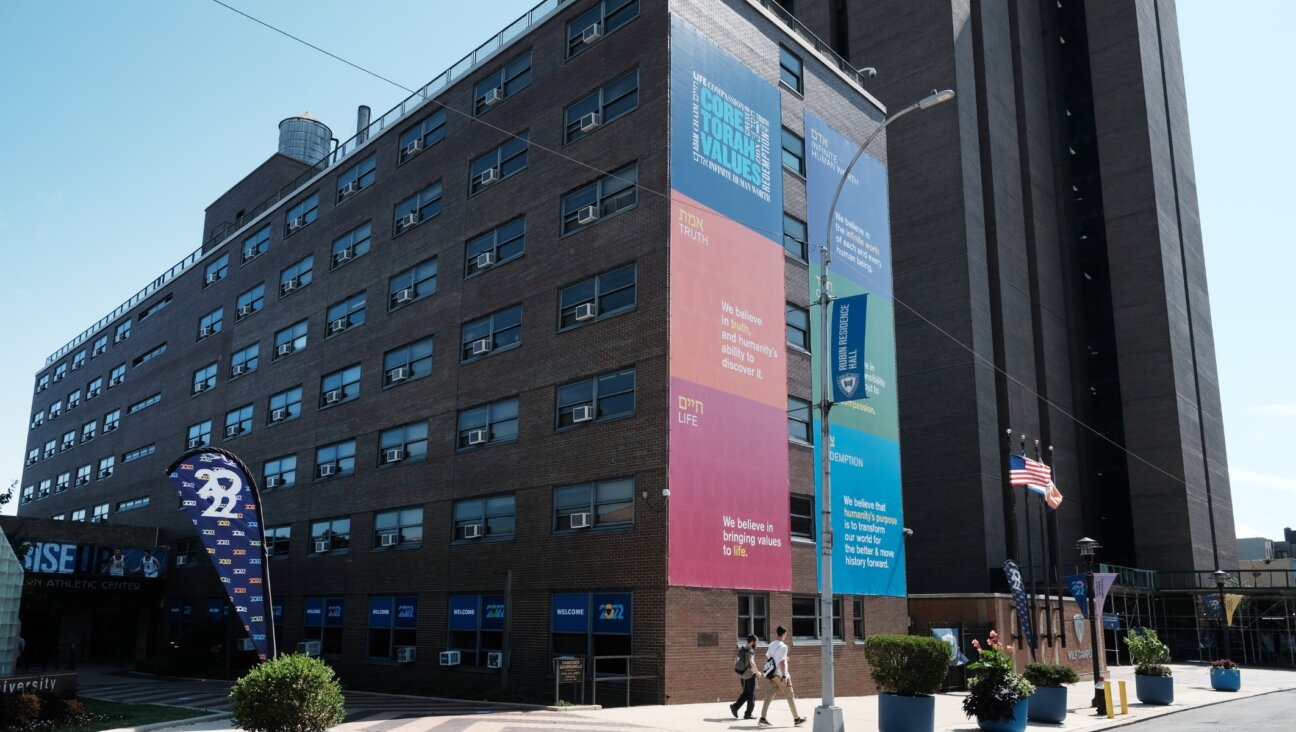Controversial Study Claims Israel Spends Twice As Much on West Bank Students

Image by Getty Images
A new study, which the Israeli Education Ministry has claimed is inaccurate, has found that the government spends nearly twice as much per Jewish student in isolated West Bank settlements as on the average Israeli pupil.
According to the new study by the Tel Aviv-based Macro Center for Political Economics, which according to its website is an “autonomous organization” that “combines scholarly research with economic efficiency,” Israel spends $3,420 per student each year in small settlements east of the security fence compared to a national average of $1,721, Ynet reported.
The study, reported on in Israeli media outlets Monday, also found that students in isolated settlements enjoy lower student-teacher ratios than the national average. Compared to settlements in large blocs west of the security fence, like Gush Etzion, these smaller, outlying settlements are considered less likely to stay under Israeli control in the event of a negotiated peace deal with the Palestinians.
“The study found that there is a particularly high investment in resources in the Judea and Samaria area, specifically in isolated settlements east of the separation fence,” said Roby Nathanson, the center’s director general, according to Ynet. “This is a policy of adding jobs and funds to these settlements, on the expense of cities and communities in the north and south that have been defined as ‘national priority areas.’”
However, the Education Ministry said in a statement released in response to the Macro Center’s study that it actually spends less in the West Bank per student than the national average, and that the class size in West Bank settlements is only slightly smaller (27.2 compared to 28) than the national average.
Nathanson said that the center’s study is based on data “from credible sources,” including reports from the Central Bureau of Statistics, the education, economy and finance ministries, and the Israeli Civil Administration. The data, he said, is from 2013.
In a related development, Haaretz reported that the Jerusalem municipality is spending $3 million to build a large mikvah in the eastern part of the city in a Jewish section within the predominantly Arab neighborhood of Ras al-Amoud. The neighborhood has only 100 Jewish families, but proponents of the new ritual bath argue that it will also serve Jewish families from other eastern Jerusalem neighborhoods.
The Forward is free to read, but it isn’t free to produce
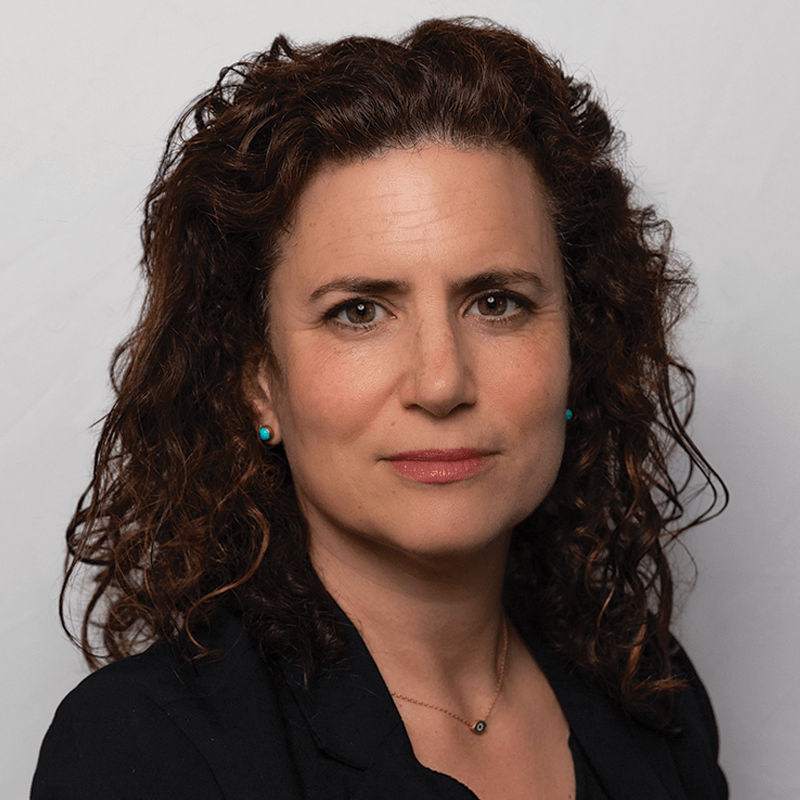
I hope you appreciated this article. Before you go, I’d like to ask you to please support the Forward.
Now more than ever, American Jews need independent news they can trust, with reporting driven by truth, not ideology. We serve you, not any ideological agenda.
At a time when other newsrooms are closing or cutting back, the Forward has removed its paywall and invested additional resources to report on the ground from Israel and around the U.S. on the impact of the war, rising antisemitism and polarized discourse.
This is a great time to support independent Jewish journalism you rely on. Make a gift today!
— Rachel Fishman Feddersen, Publisher and CEO
Support our mission to tell the Jewish story fully and fairly.
Most Popular
- 1

Fast Forward Ye debuts ‘Heil Hitler’ music video that includes a sample of a Hitler speech
- 2

Opinion It looks like Israel totally underestimated Trump
- 3
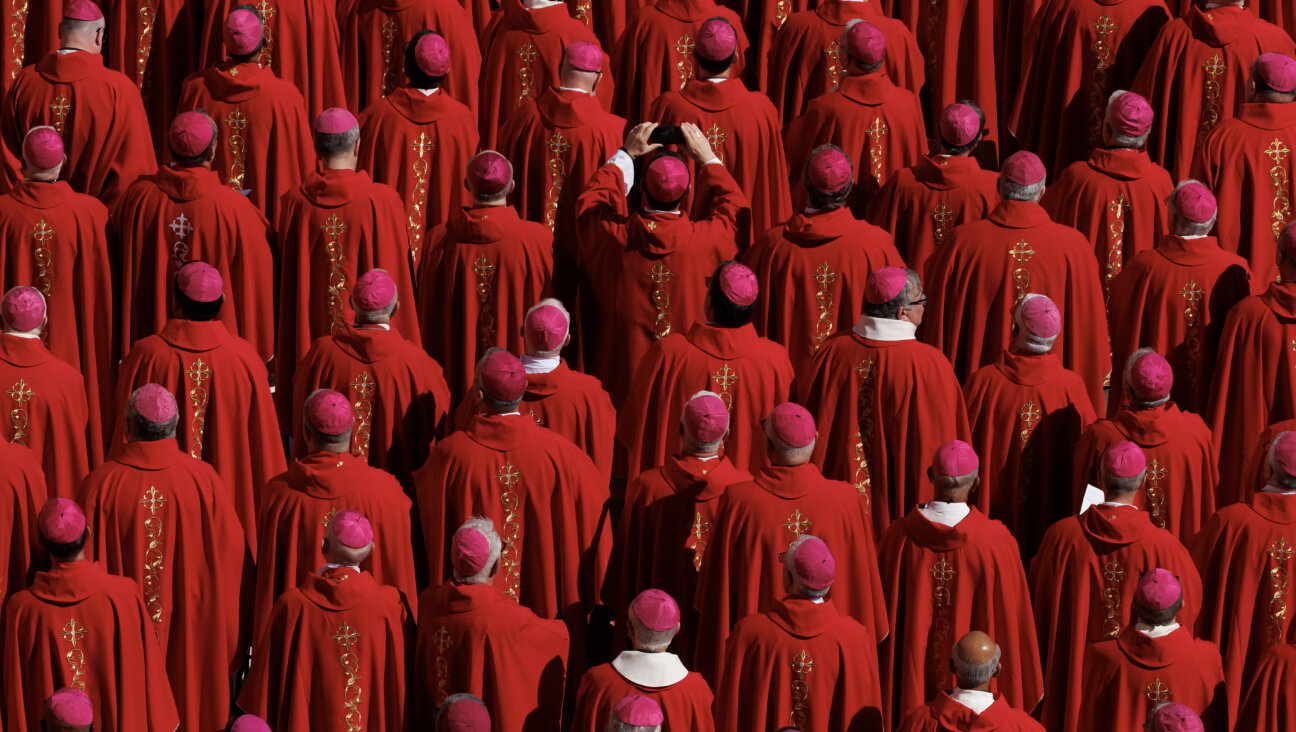
Culture Cardinals are Catholic, not Jewish — so why do they all wear yarmulkes?
- 4

Fast Forward Student suspended for ‘F— the Jews’ video defends himself on antisemitic podcast
In Case You Missed It
-
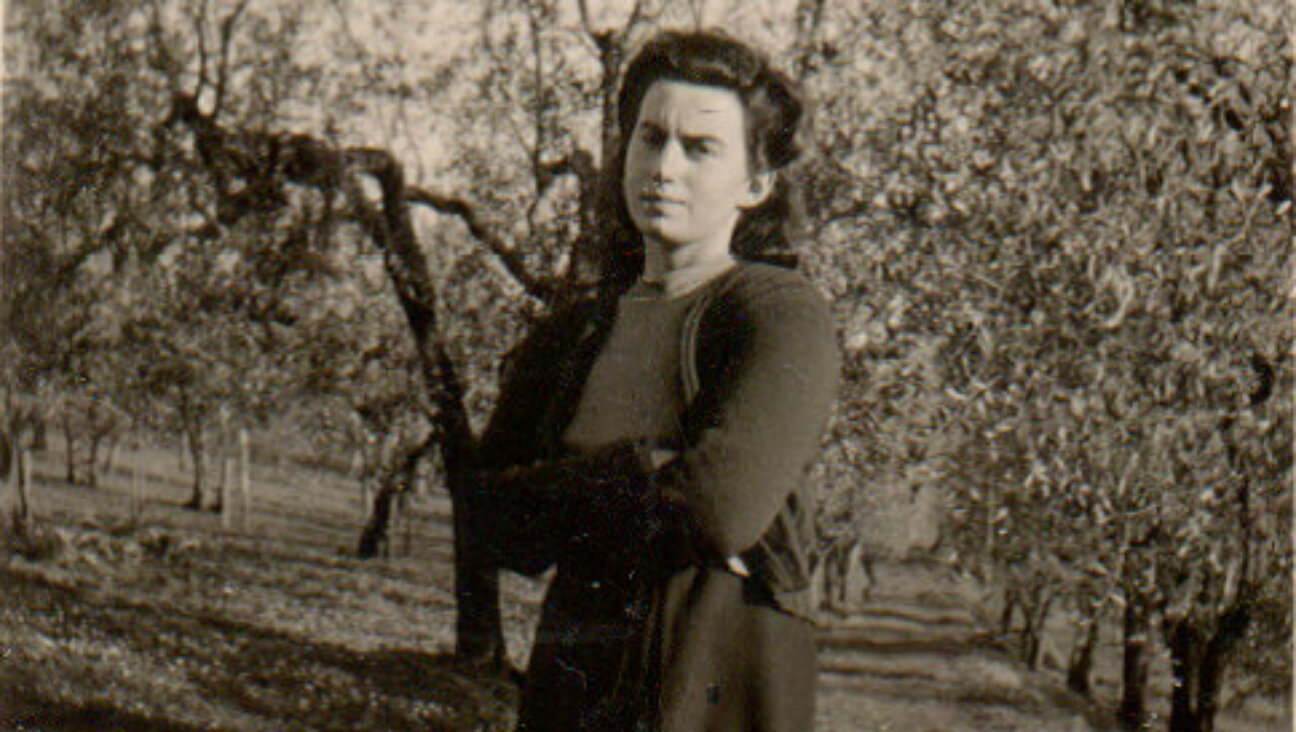
Culture How one Jewish woman fought the Nazis — and helped found a new Italian republic
-

Opinion It looks like Israel totally underestimated Trump
-
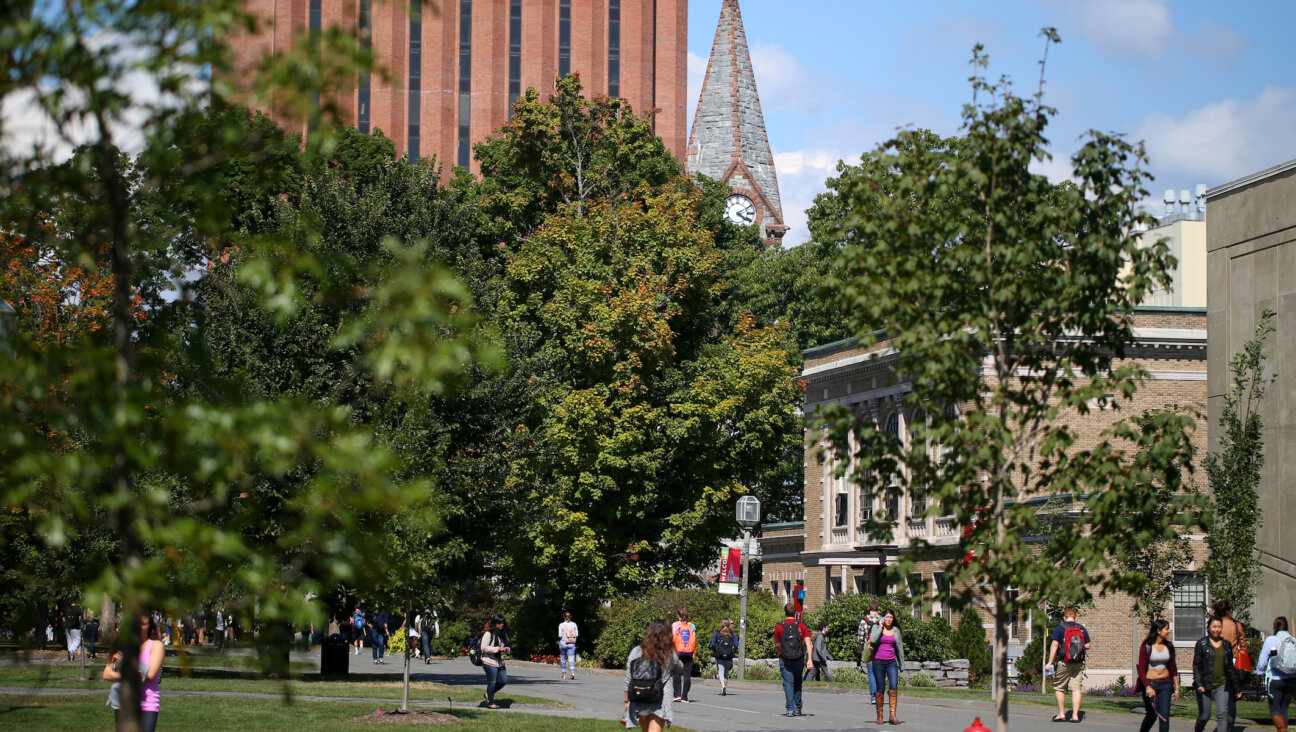
Fast Forward Betar ‘almost exclusively triggered’ former student’s detention, judge says
-

Fast Forward ‘Honey, he’s had enough of you’: Trump’s Middle East moves increasingly appear to sideline Israel
-
Shop the Forward Store
100% of profits support our journalism
Republish This Story
Please read before republishing
We’re happy to make this story available to republish for free, unless it originated with JTA, Haaretz or another publication (as indicated on the article) and as long as you follow our guidelines.
You must comply with the following:
- Credit the Forward
- Retain our pixel
- Preserve our canonical link in Google search
- Add a noindex tag in Google search
See our full guidelines for more information, and this guide for detail about canonical URLs.
To republish, copy the HTML by clicking on the yellow button to the right; it includes our tracking pixel, all paragraph styles and hyperlinks, the author byline and credit to the Forward. It does not include images; to avoid copyright violations, you must add them manually, following our guidelines. Please email us at [email protected], subject line “republish,” with any questions or to let us know what stories you’re picking up.







